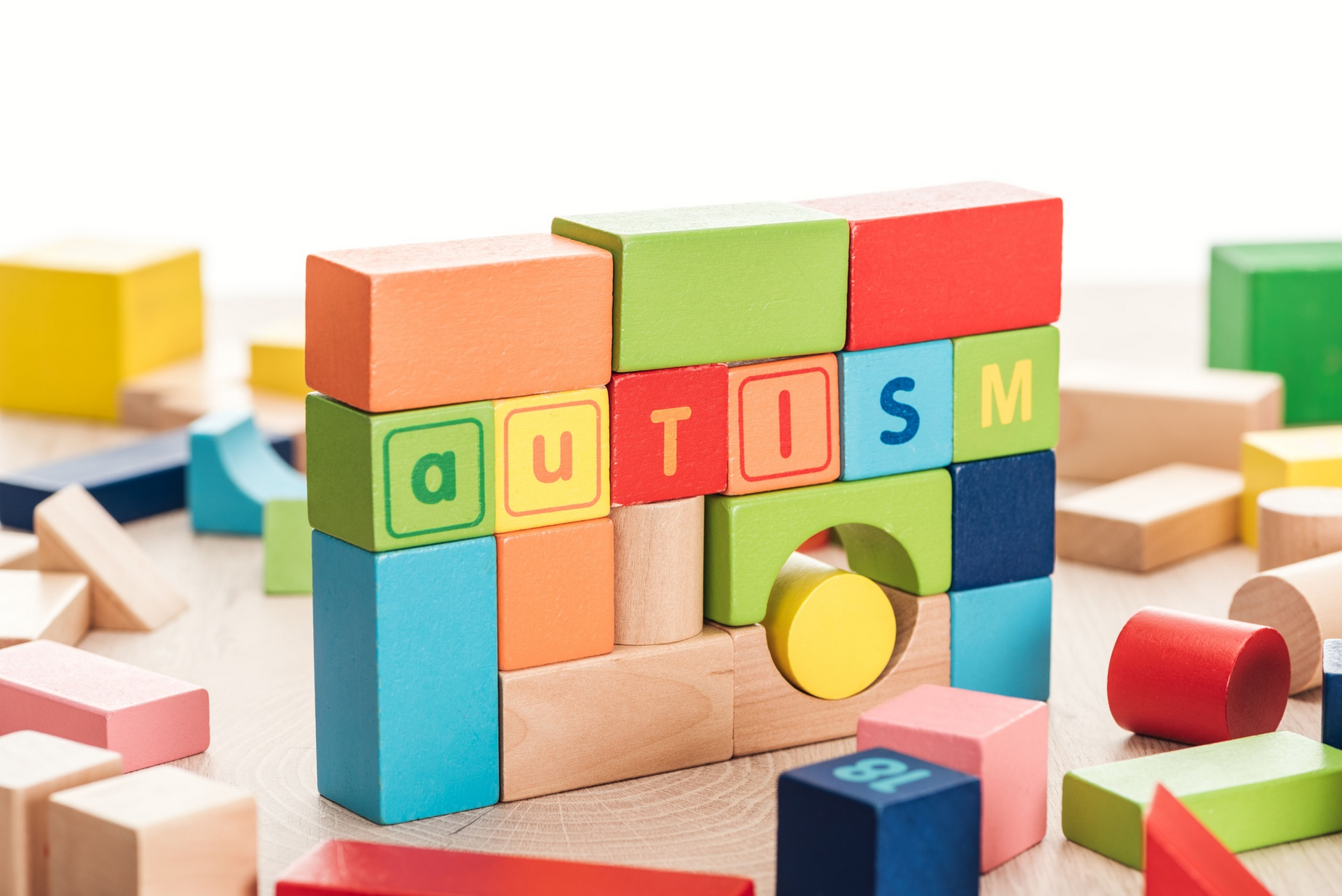ABA for Academic Tutoring?

Although applied behavior analysis (ABA) is most known as the “gold standard” for treating individuals with autism spectrum disorder, research has proven the versatility and effectiveness of the use of ABA techniques in other situations including academics with learners of all types [1, 2, 3, 4]. But just how is this so?
ABA Strategies and Academic Tutoring
ABA serves as a powerful resource for academic tutoring, especially because it’s customized to the needs of each learner. It uses evidence-based behavioral principles to teach skills and remove learning barriers. So, how can it be effectively incorporated into academic tutoring?
1. Assessment of Skills and Needs
- Collection of Baseline Data: Before tutoring begins, an assessment of what the learner already knows and where they are struggling is conducted. This might include academic assessments as well as direct observation.
- Task Analysis: Complex tasks, such as writing or multi-step math problems, are broken down into smaller, manageable steps for easier learning.
2. Setting Clear, Measurable Goals
- Goals that are specific, observable, and quantifiable are created (e.g., “Mikey will solve two-digit addition problems with 90% accuracy across three consecutive sessions”).
- These objectives assist in monitoring progress and guiding teaching methods.
3. Instructional Techniques
- Discrete Trial Training (DTT): Structured teaching in short, clear trials, or segments (e.g., flashcard-style prompts followed by immediate feedback).
- Natural Environment Teaching (NET): Embedding learning into everyday situations (e.g., reading a recipe to practice fractions).
- Chaining: Teaching complex tasks step-by-step by either progressing forward or backward.
- Shaping: Reinforcing behaviors that increasingly resemble the target behavior (e.g., gradually increasing reading fluency).
- Prompting and Fading: Using prompts (verbal, visual, physical) to support the learner, then slowly reducing them as they gain independence.
- Precision Teaching (PT): Prioritizes fluency over accuracy, aiming for skills that are automatic and effortless utilizing Standard Celeration Charts (SCC) to track progress over time and incorporates timed practice sessions, typically lasting one minute, with instant feedback.
4. Positive Reinforcement
- Reinforcers such as praise, tokens, and breaks are utilized to promote correct responses and keep motivation high.
- Reinforcement is individualized based on what the learner finds motivating.
5. Data-Driven Instruction
- Data collection, including metrics such as correct responses and time to complete tasks, is a part of every session.
- Decisions, like progressing to a new skill or reviewing a previous concept, are made based on the data rather than assumptions.
6. Generalization and Maintenance
Just as in traditional ABA therapy, when used in tutoring, it encompasses strategies for generalization, allowing skills to be utilized in diverse settings, with a variety of materials or formats, and maintenance, which is preserving those skills over the long term.
Specifically, when using ABA the tutor…
- Takes into consideration a learner’s prior learning history.
- Assesses their present level of performance.
- Identifies the learner's strengths.
- Pinpoints areas where they face challenges.
- Identifies the learner’s motivators and reinforcers via a preference assessment.
- Sets specific, measurable, and achievable goals.
- Breaks down goals into smaller, short-term objectives.
- Takes and tracks data on learner responses and progress towards goals.
- Applies a decision analysis method to review ongoing data.
- Analyzes the data to determine if the current plan is working or if modifications are required.
- Reinforces correct responses and progress toward goals.
- Examines learning challenges based on observations and data and selects appropriate strategies to address these issues.
Examples of How ABA Can Be applied to a Tutoring Session
ABA for Reading (2nd Grade)
Target Skill: Sight word recognition
1. Discrete Trial Training (DTT)
- Target: Present the word "because" on a flashcard.
- Prompt: “What word is this?”
- Learner responds → if correct, give immediate praise (“Nice job reading ‘because’!”) + small reinforcer (sticker, token).
- If incorrect → prompt the correct response (“It says ‘because’”) → repeat.
- Track % correct over time.
2. Errorless Learning
- Use phonics readers.
- Prompt correct decoding immediately before errors occur.
- Fade prompts systematically.
3. Precision Teaching
- Use a sight word deck with 10–20 target words.
- Do 1-minute timings: “How many can you read correctly in one minute?”
- Graph daily scores on a simple line graph or SCC.
- Reinforce improvement via verbal praise in both corrects and decrease in errors.
- Switch out mastered words weekly to promote generalization.
ABA for Math (1st Grade)
Target Skill: Addition within 10
1. Task Analysis for Addition
Break down a problem like 3 + 4 into steps:
- Count out 3 counters.
- Count out 4 more.
- Combine the groups.
- Count total.
- Teach each step with modeling, prompts, and reinforcement.
- Fade supports as learner gains independence.
2. Discrete Trials
- Present flashcards: “What’s 3 + 4?”
- Learner responds → if correct, give immediate praise (“Nice 3 + 4 is 7!”) + small reinforcer (sticker, token).
- Track latency (how fast they answer).
- Mix known and unknown facts for maintenance and generalization.
3. Natural Environment Teaching (NET)
- Use real objects: “Let’s set the table. We have 3 plates and need 4 more. How many total?”
- Embed math in play (e.g., pretend grocery shopping, bakery, or café).
4. Precision Teaching
- Use a 1-minute timing sheet (paper or flashcards of addition problems with sums up to 10).
- Count correct answers and errors.
- Daily or every-other-day timings → graph performance.
- Intervene when progress plateaus: re-teach, prompt, or adjust targets.
- Reinforce personal bests and consistency.
Does insurance cover the cost of ABA-based tutoring?
Although ABA therapy, which is designed to modify behaviors and teach skills, and can lead to improvements in academic performance, its main emphasis is on resolving behavioral challenges and developing functional skills rather than tutoring in specific subjects. Coverage for ABA therapy is typically provided when it is medically necessary for treating autism spectrum disorder (ASD) or other behavioral issues, as it falls under behavioral health services. Therefore, insurance usually does not cover academic tutoring as part of ABA therapy.
Should I consider ABA-based tutoring?
As with all decisions there are pros and cons. A major advantage of using an ABA approach in tutoring is that the program's effectiveness can be assessed and modified at any time. Also, because behavior analytic techniques consider the unique aspects of each learner and involve consistent data tracking and analysis to verify the program's success, it significantly improves the effectiveness of academic tutoring. However, it is not covered by insurance and will be an out-of-pocket expense. But, if it is available and affordable, why not give it a try?
References:
Burns, M. K., & Ysseldyke, J. E. (2005). Comparison of existing response-to-intervention models to identify and determine the best strategies for reading and math. Journal of Psychoeducational Assessment, 23(4), 381–394. https://doi.org/10.1177/073428290502300406
Daly, E. J., Martens, B. K., Barnett, D., Witt, J. C., & Olson, S. C. (1997). A brief experimental analysis for identifying effective reading interventions: Description and empirical demonstration. School Psychology Review, 26(4), 554–574.
Lingo, A. S., Slaton, D. B., & Jolivette, K. (2006). Academic engagement and grades of at-risk students taught with Direct Instruction. Preventing School Failure: Alternative Education for Children and Youth, 50(4), 29–33. https://doi.org/10.3200/PSFL.50.4.29-33
Rhymer, K. N., Skinner, C. H., Jackson, S., McNeill, S., Smith, T., & Jackson, B. (2002). The 1-minute explicit timing intervention: The influence of mathematics problem difficulty. Journal of Instructional Psychology, 29, (4), 305–311.









